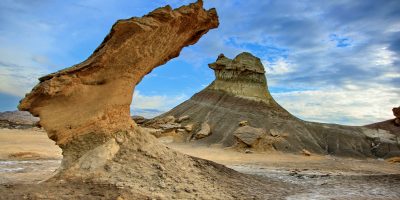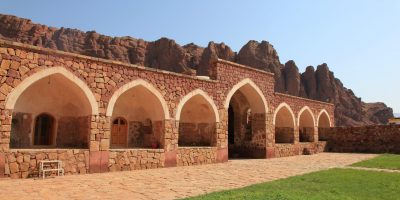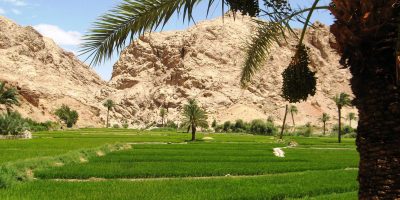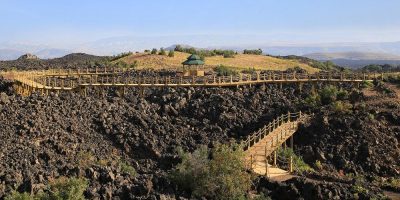Workshop on Youth Engagement in UNESCO Global Geoparks Conservation, 20-22 February, Qeshm Island UNESCO Global Geopark, Qeshm Island, Iran, 2019.
According to Public Relations and International Affairs of Qeshm Free Zone Organization, In this workshop, provided seven educational panels with the content of the methods of protecting the UNESCO Global Geoparks from two national geoparks of Aras, Tabas, and Qeshm UGGp to young people interested and active in this field.
Director of Qeshm Island UNESCO Global Geopark, defining the concept of geopark, expressed knowledge and introductory concepts of this topic and stated: Geopark is a global geographic area with special geological attractions and with a single management, is responsible for protecting, educating and developing the economies of local communities, students and tourists in this area.
Professors from the Geological Survey and Mineral Exploration of Iran, UNESCO Regional Office in Tehran, and Global Geopark of Qeshm, spoke in this workshop on geopark specific topics, sustainable development, and the role of local communities.
The introduction of Geopark co-workers, the provision of related products, and the introduction of job opportunities were among the issues raised by this workshop.
The concepts and principles of the conservation of geological heritage in geoparks, geoparks and biodiversity for young people, the role of youth in reducing natural hazards, intangible cultural heritage, youth and climate change, and ultimately the topic of the green industry, sustainable tourism, and geopark with the participation of young people were the other titles of panels of this workshop focused on active young people.
Qeshm Island UNESCO Global Geopark, with geosites such as the world’s longest salt cave (Namakdan Salt Cave), Tandis Valley, Roof of the Qeshm, Chahkuh Gorge, Naaz Islands, Stars Valley, Dolphin Bay, Hara Mangrove Forests and etc. is one of the most beautiful heritage of Iran, in the south of the country.
- On News:
Qeshm Island UNESCO Global Geopark
Global Geoparks Network Newsletter











